 Festivals of the World offers a colorful introduction to the festivals and cultures of countries around the world.
Festivals of the World offers a colorful introduction to the festivals and cultures of countries around the world.
Nonfiction
Nonfiction genre
Egyptians

Ancients in Their Own Words brings to life the everyday experience of ancient people.
Cte D’ivoire
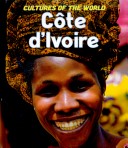
“Provides comprehensive information on the geography, history, wildlife, governmental structure, economy, cultural diversity, peoples, religion, and culture of Côte d’Ivoire”–Provided by publisher.
Dinosaurs?!
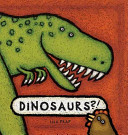
The vibrant and fun illustrations of Lila Prap make this nonfiction picture book about Dinosaurs irresistible.
Na ‘Olelo Noeau No Na Keiki: Words of Wisdom for Children
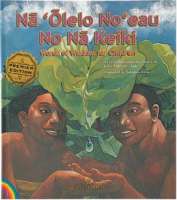
This book is about the words of wisdom from Hawaiian culture.
Tribal Alphabet
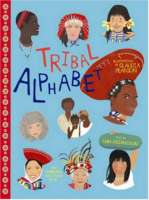
In bold and vibrant colors, artist Claudia Pearson has created a dazzling group portrait of the world of indigenous peoples. Aimed at a young reader audience (ages three to eight), the page text is simple, direct, and informative, while the glossary in the back of the book provides valuable in-depth information for parents and older readers. A percentage of the profits of this book will be given to the not-for-profit foundation Cultural Survival, to aid in its efforts to defend the rights of indigenous people around the world. Claudia Pearson is a Brooklyn-based graphic designer, typographer, and painter. This is her first book.
Welcome to My Country: South Korea
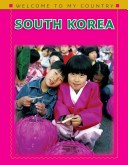
This series introduces young readers to the diverse cultures and peoples of different countries around the world.
China
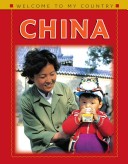
This series introduces young readers to the diverse cultures and peoples of different countries around the world.
China
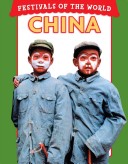
Festivals of the World offers a colorful introduction to the festivals and cultures of countries around the world.
Welcome to My Country: Japan

This series introduces young readers to the diverse cultures and peoples of different countries around the world.
